Over the past number of years, the Dublin Bay Birds Project team has been looking at the locations of high-tide roosts around Dublin Bay. Roosts are aggregations of birds which are not foraging, but instead are resting up or just having a good preen.
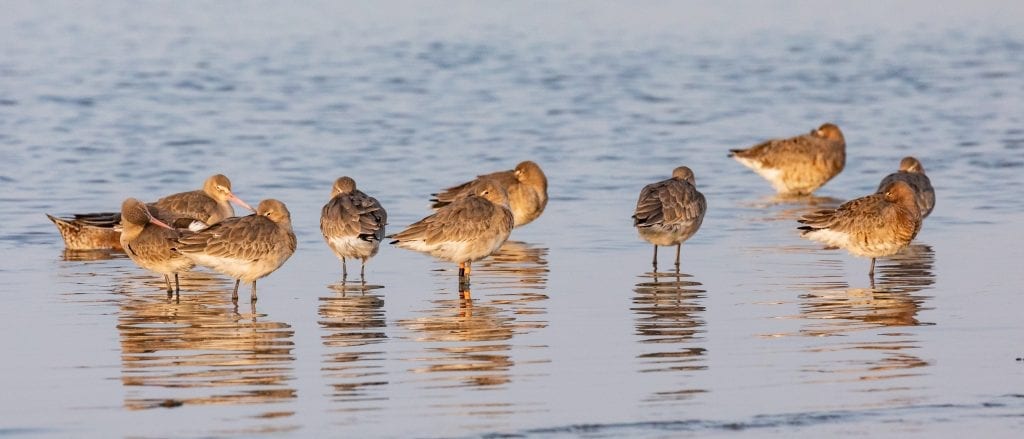 Roosting Black-tailed Godwits (John Fox)
Roosting Black-tailed Godwits (John Fox)
For wading birds, these roost locations are typically above or just below the high-tide line, where they move twice daily due to rising tides which push them off the intertidal feeding areas. Other waterbird species such as ducks, geese and gulls can also be found roosting above the high-tide line but are often found roosting on the water. If water temperatures drop significantly, these birds do however depend on areas above the high-tide line to conserve energy which would be lost trying to maintain their temperature in cold waters.
 Teal (Ronnie Martin)
Teal (Ronnie Martin)
These roosts can vary in species composition and number. There are different theories for why roosts exist. The first, and perhaps most evident, is safety in numbers. The more available eyes, the less likely any one bird is to be picked off (Rogers, 2003).
A second theory is that roost sites provide an opportunity for information exchange on factors such as foraging sites (Bijleveld et al. 2010). Another benefit of communal roosting is thermoregulation (Rogers, 2003). In cold climates, packing together and facing into the wind has been found to significantly reduce energy loss in Red Knot, (Bruinzeel & Pieersma 1998), a species which is well known to surveyors to densely congregate causing more than one headache during counts!
 Mixed flock of tightly packed roosting waders (John Fox)
Mixed flock of tightly packed roosting waders (John Fox)
By repeating these surveys, we can build up a picture of which roost locations are most commonly used, how overall numbers of birds may or may not change between surveys, and the differences in species using the various roosting sites across the bay.
 Surveying (Helen Boland)
Surveying (Helen Boland)
This information is crucial as climate change, coastal erosion, habitat loss and disturbance are set to ramp up over the coming years. Identifying those areas across Dublin Bay which are important for roosting waterbirds will enable us to work to protect them.
What have we learned?
The saltmarsh in both the North and South Lagoons of North Bull Island is consistently important for roosting waterbirds, hosting the largest overall number of roosting waterbirds across the bay. The exact locations of these roost sites can differ between dates due to factors such as tide height, weather, and observer perception. In terms of overall numbers and species diversity, Bull Island is also the most important site for roosting ducks and geese in Dublin Bay.
 Red Knot roosting within the saltmarsh (John Fox)
Red Knot roosting within the saltmarsh (John Fox)
In Dublin Bay-south, the Merrion Gates spit and Booterstown Strand are consistent roost sites. The roost site at Merrion Gates supports the largest volume of birds overall in Dublin Bay-south, with over 5,000 individuals recorded here in January 2019.
This is the most important roost site in Dublin Bay-south in terms of overall numbers of birds, and for several wading species including Oystercatcher, Dunlin, Knot and Bar-tailed Godwit.
 Merrion Spit roost (Dick Coombes)
Merrion Spit roost (Dick Coombes)
Digging a little deeper into the data it quickly becomes apparent that several wading species, most notably Redshank, Black-tailed Godwit and Sanderling depend on other roost sites within South Dublin Bay to a significantly greater extent than the roost at Merrion Gates. These roost sites are smaller in terms of overall numbers of birds present but are nonetheless critical to those species which depend upon them.
 Roosting Sanderling and Turnstone (John Fox)
Roosting Sanderling and Turnstone (John Fox)
What is the significance of roost sites?
(1) The location of suitable roosting habitat plays a key role in determining foraging sites for many species.
At the Tagus Estuary in Portugal, it is theorized that a lack of suitable roost sites in the north-west of the estuary explains the underuse of this habitat by foraging Dunlin. Thus, the energetic costs of commuting from existing roost sites to these foraging grounds outweighs the benefits of an available food supply (Dias et al. 2006). Therefore, the importance of suitable roosting sites at key locations cannot be stressed enough.
 Dunlin (Jerry Cassidy)
Dunlin (Jerry Cassidy)
(2) Roosting is a critical period for regaining energy lost during commuting and foraging.
Disturbance at these sites can therefore have an adverse impact on individual survival. In Roebuck, Australia, it was estimated that Red and Great Knot spent an average of 5% of their daily energy budget commuting between foraging and roosting areas. By contrast, alarm flights accounted for a whopping 18% of each species daily energy budget (Rogers et al. 2006).
Simply put, the birds within this study were investing a significant amount of their energy into responding to disturbances, energy which could have been used for foraging or commuting to a roosting/ foraging site. Thus, responding to high levels of disturbance can result in reduced foraging or roosting activity, which can ultimately lead to decreases in survival.
 Red Knot (David Dillon)
Red Knot (David Dillon)
The impact of disturbance on wading species at roost sites can vary depending upon its frequency (how many times they are forced into flight), weather conditions (milder conditions requires less energy expenditure) and the amount of food available to supplement lost energy intake (Goss-Custard et al 2006).
Other factors are timing and individual condition. Post- and pre-migration these birds are particularly vulnerable to disturbance as they are either quickly trying to regain condition after their long migrations or are building energy reserves prior to migrating and their heavier bodies require more energy to lift into the air (Rogers et al 2006). These birds can also become ill and repeated disturbance can lead to a reduction in individual survival.
 Knot and Bar-tailed Godwit in flight at Merrion Spit roost (Dick Coombes)
Knot and Bar-tailed Godwit in flight at Merrion Spit roost (Dick Coombes)
Repeated instances of disturbance at a roost site can also lead to abandonment of that area by some individuals. Navedo et al (2012) found that anthropogenic disturbance events during a high tide caused 1.5% of Eurasian Curlew to abandon the roost site completely.
 Curlew (Colum Clarke)
Curlew (Colum Clarke)
If alternative habitat is not available, birds will have no choice but to remain at a site which is regularly disturbed. Species which suffer high costs at a site due to disturbance but are unable to relocate due to a lack of available habitat, are most likely to be adversely impacted at a population level. Species are particularly prone to this pressure if they are dependent on mobile or tightly aggregated prey and are territorial or may experience high levels of competition at differing sites (Gill et al. 2001).
 Disturbance of Sanderling and Dunlin (John Fox)
Disturbance of Sanderling and Dunlin (John Fox)
One such species particularly adversely impacted by the loss of roosting and foraging sites is Common Redshank, as it is highly site-faithful. Work carried out in Cardiff Bay found that between 7 and 20% of Redshank were observed away from the sites at which they were ringed, but at a maximum distance of only 4km (Burton 2000).
Following habitat loss in Cardiff Bay, the majority of Redshanks relocated to the nearby Heliport and River Rhymney mudflats. It was estimated that the annual survival rate of these displaced individuals fell by 44% in the intervening years (Burton et al. 2008). Therefore, the loss of both roosting and foraging habitat had a serious impact on individual survival within the local population of this highly site-faithful species.
 Redshank (Michael Bell)
Redshank (Michael Bell)
The Dublin Bay Birds Project has similarly recorded high site-faithfulness among the local Redshank population, through colour ringing efforts over the last few years. A fascinating north-sider/south-sider divide appears to be in play, not just among Dubs but also among Redshanks. No Redshank ringed on Dublin’s north-side has ever been resighted south of the Liffey, although one brave bird did straddle the line, foraging in the Liffey Channel. Only 2 Redshanks ringed on Dublin’s south-side have been resighted north of the river.
Given the impact of habitat loss in Cardiff Bay on the local Redshank population and the high site-fidelity similarly found within Dublin Bay Redshanks, it is clear that alterations to the Dublin Bay ecosystem could have potentially massive consequences for the local Redshank population.
 Dublin Bay colour-ringed Redshank (John Fox)
Dublin Bay colour-ringed Redshank (John Fox)
By carrying out surveys of high tide roosts, the Dublin Bay Birds Project, with support from Dublin Port Company, is working hard to better understand those areas of significance to waterbirds across the bay. This baseline data feeds into management of this internationally important site and helps to safeguard both its future and the long-term survival of local populations.
References:
Bijleveld, A.I., Egas, M., van Gils, J.A. & Piersma, T. (2010). Beyond the information centre hypothesis: communal roosting for information on food, predators,
travel companions and mates. Oikos, 119(2), pp.277–285.
Bruinzeel, L. W., and T. Piersma. 1998. Cost reduction in the cold: heat generated by terrestrial locomotion partly substitutes for thermoregulation costs in knot Calidris canutus. Ibis, 140, pp.323–328.
Dias, M.P., Granadeiro, J.P., Lecoq, M., Santos, C.D. & Palmeirim, J.M. (2006). Distance to high-tide roosts constrains the use of foraging areas by dunlins: Implications for the management of estuarine wetlands. Biological Conservation, 131(3), pp.446-452.
Gill, J.A., Norris, K., Sutherland, W.J., 2001. Why behavioural responses may not reflect the population consequences of human disturbance. Biological Conservation, 97, pp.265–268.
Goss-Custard, J.D., Triplet, P., Sueur, F. and West, A.D. 2006. Critical tresholds of disturbance by people and raptors in foraging wading birds. Biological Conservation, 127, pp.88-97.
Navedo, J. G., & Herrera, A. G. (2012). Effect of recreational disturbance on tidal wetlands: Supporting the importance of undisturbed roosting sites for waterbird
conservation. Journal of Coastal Conservation, 16, pp.373–381.
Rogers, D. I. (2003). High-tide roost choice by coastal waders. Wader Study Group Bulletin, 100, pp.73–79.
Rogers, D. I., Battley, P. F., Piersma, T., Van Gils, J. A., & Rogers, K. G. (2006). High-tide habitat choice: insights from modelling roost selection by shorebirds around a tropical bay. Animal Behavior, 72(3), pp.563-575.

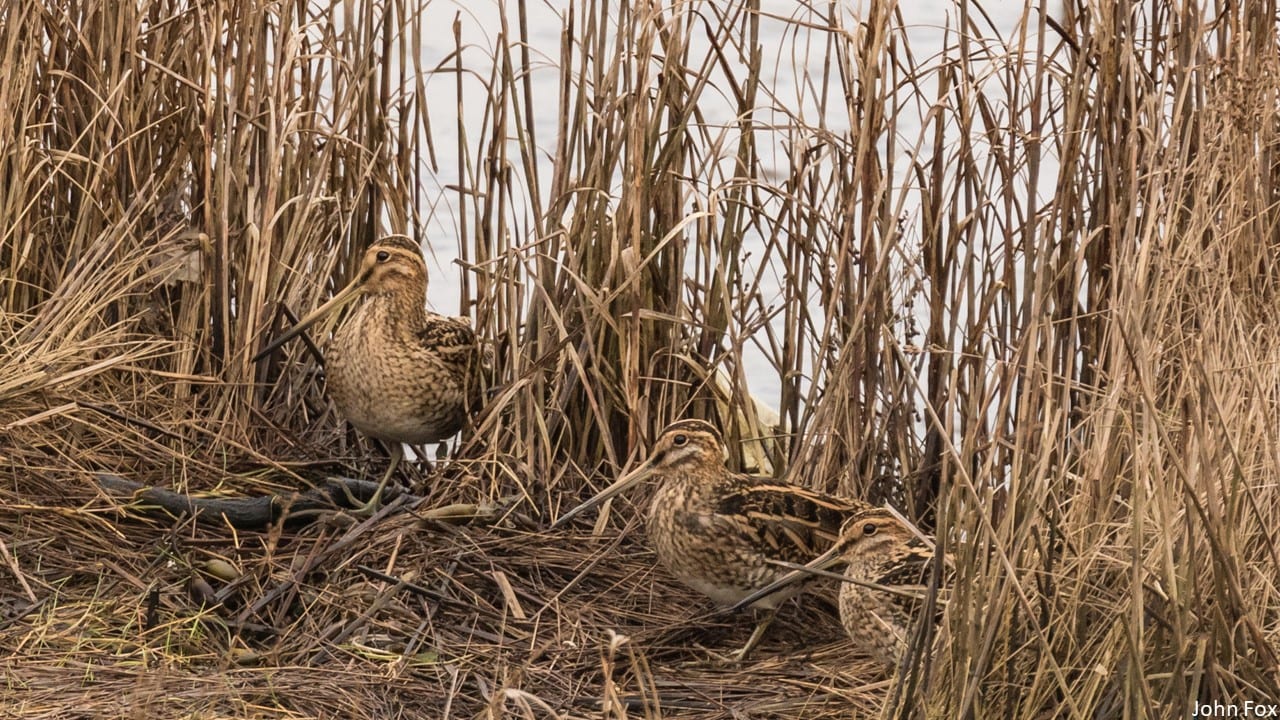
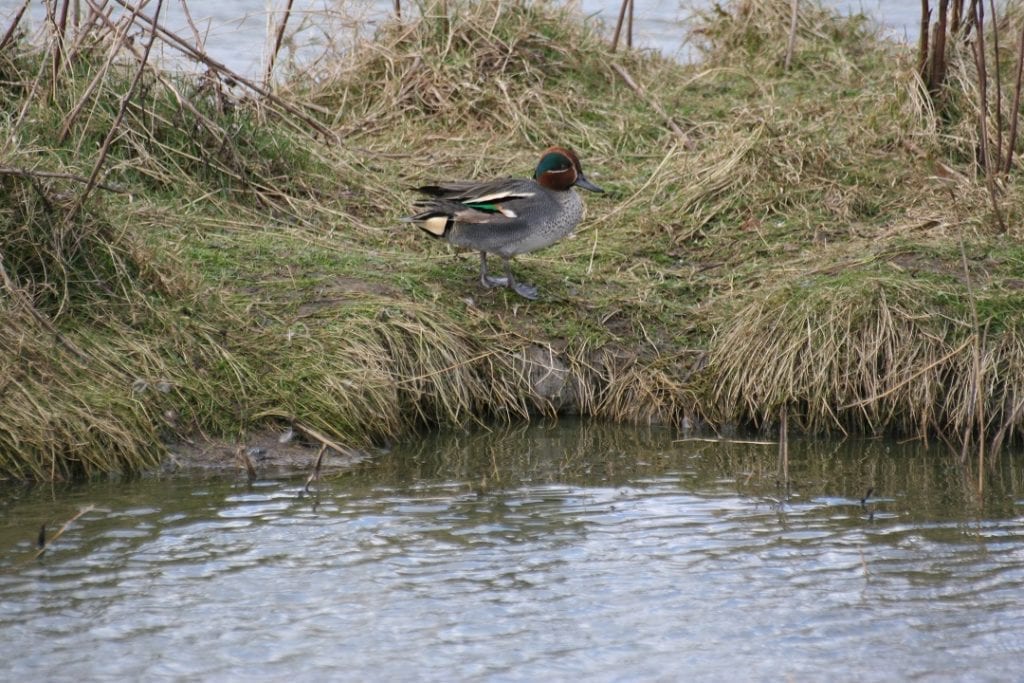 Teal (Ronnie Martin)
Teal (Ronnie Martin) Mixed flock of tightly packed roosting waders (John Fox)
Mixed flock of tightly packed roosting waders (John Fox)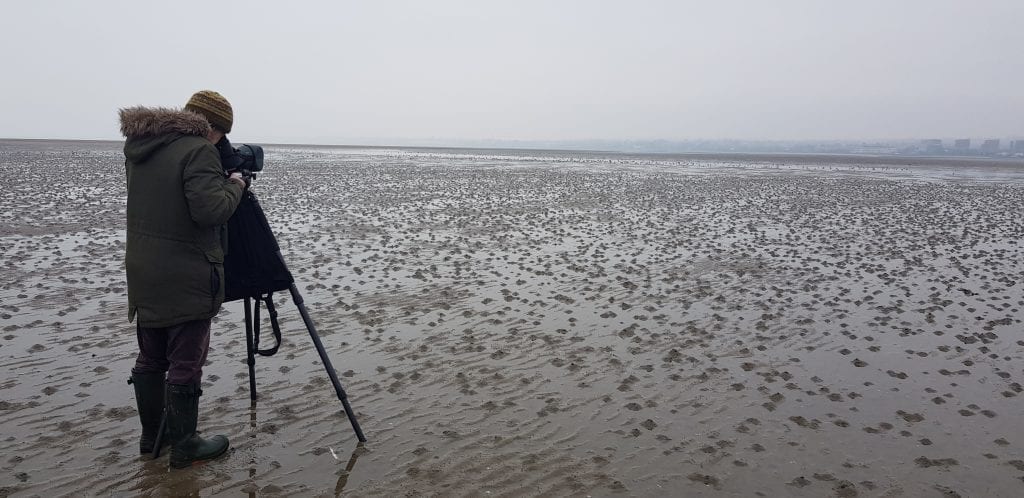 Surveying (Helen Boland)
Surveying (Helen Boland)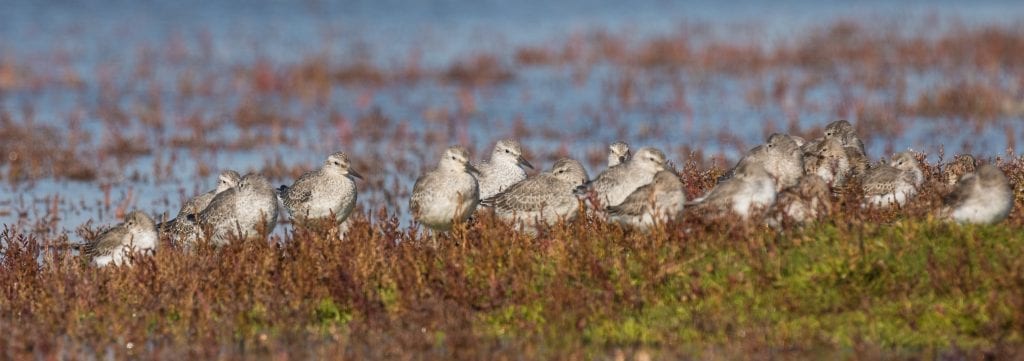 Red Knot roosting within the saltmarsh (John Fox)
Red Knot roosting within the saltmarsh (John Fox)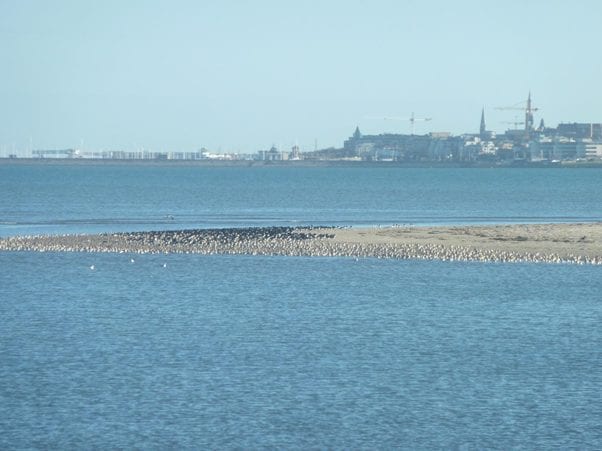 Merrion Spit roost (Dick Coombes)
Merrion Spit roost (Dick Coombes)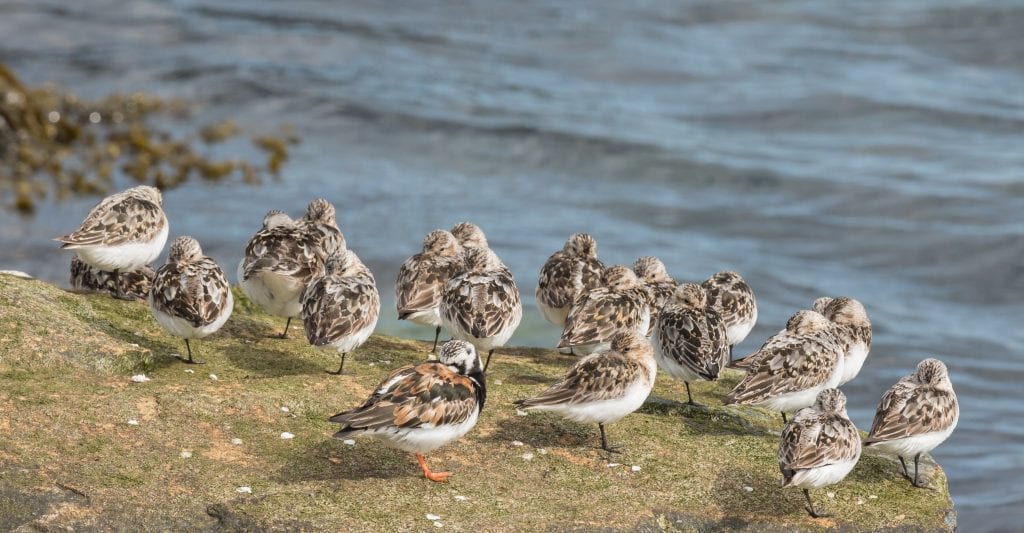 Roosting Sanderling and Turnstone (John Fox)
Roosting Sanderling and Turnstone (John Fox)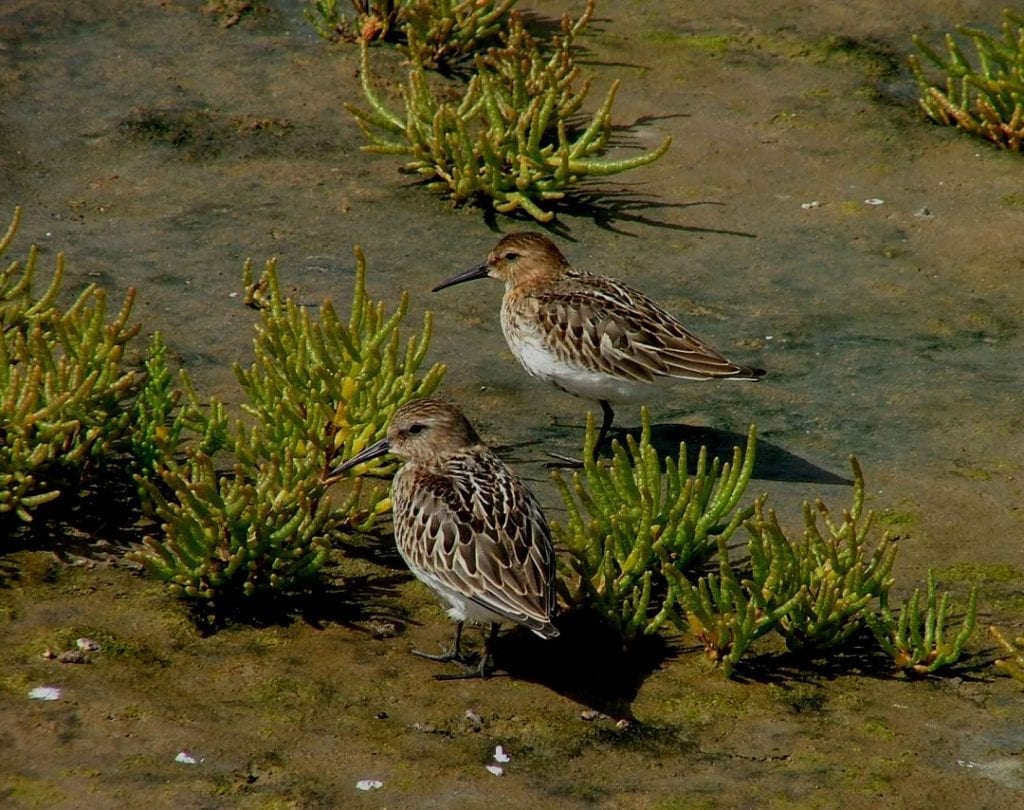 Dunlin (Jerry Cassidy)
Dunlin (Jerry Cassidy)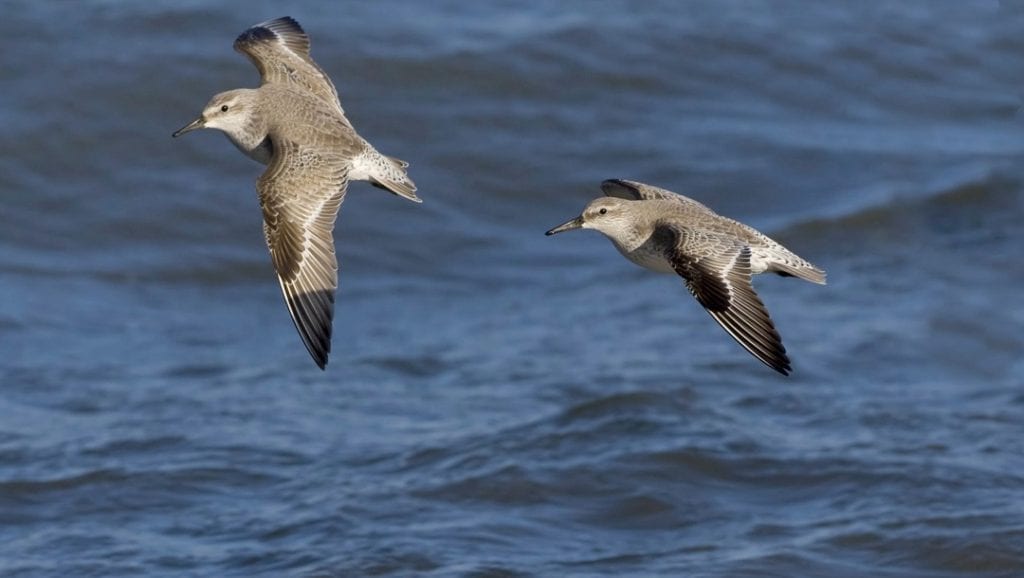 Red Knot (David Dillon)
Red Knot (David Dillon)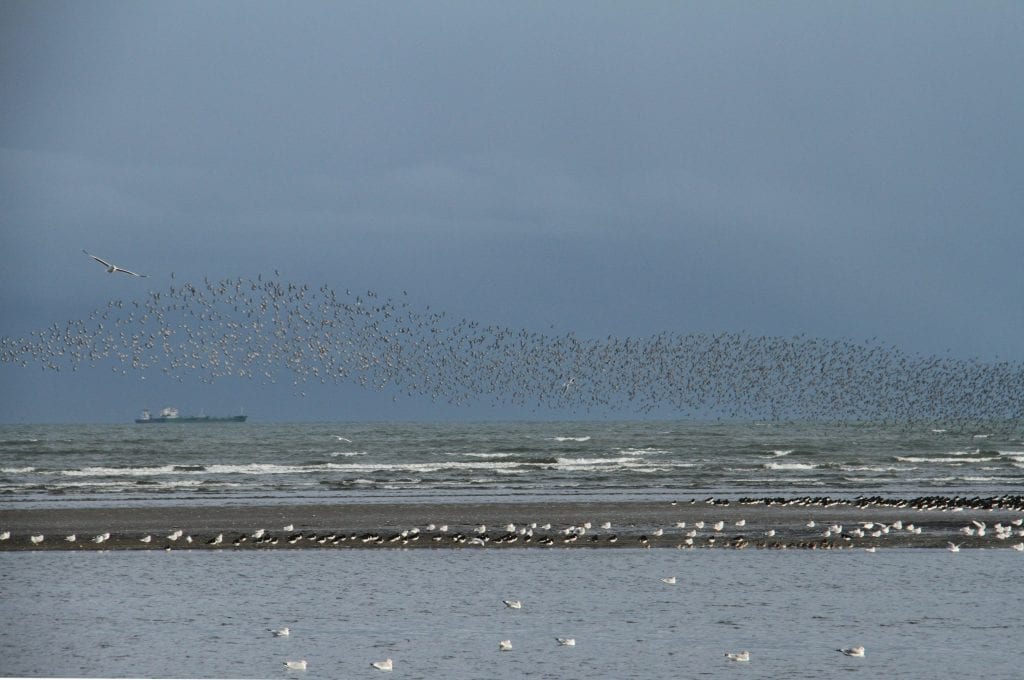 Knot and Bar-tailed Godwit in flight at Merrion Spit roost (Dick Coombes)
Knot and Bar-tailed Godwit in flight at Merrion Spit roost (Dick Coombes)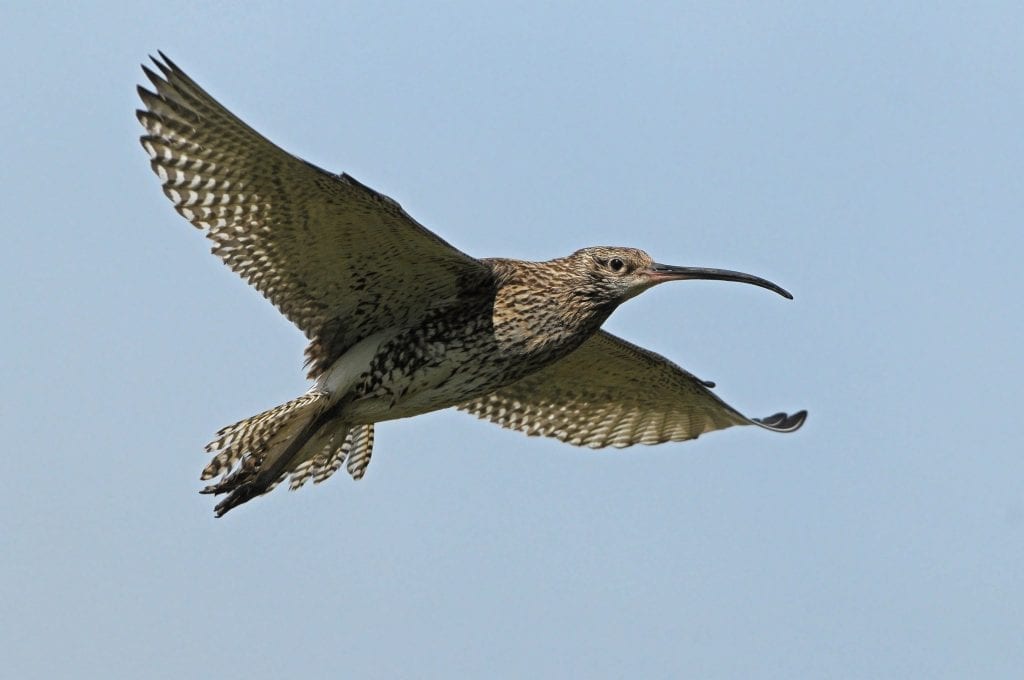 Curlew (Colum Clarke)
Curlew (Colum Clarke)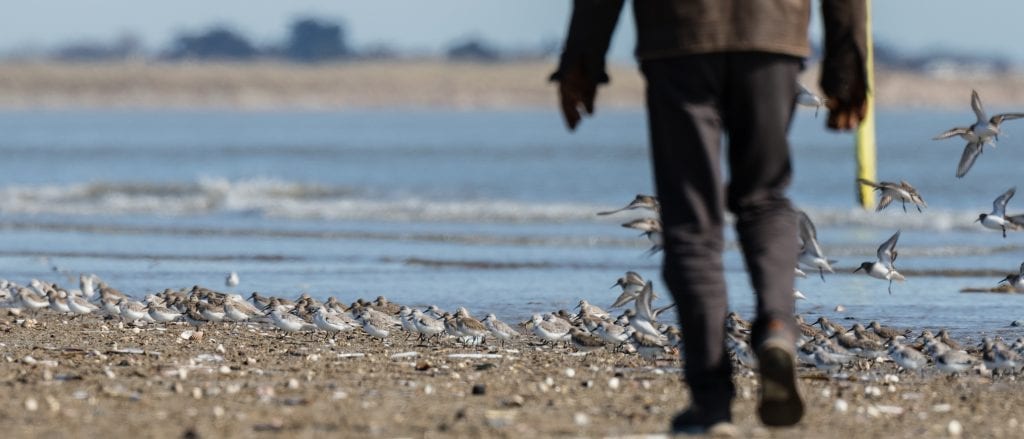 Disturbance of Sanderling and Dunlin (John Fox)
Disturbance of Sanderling and Dunlin (John Fox)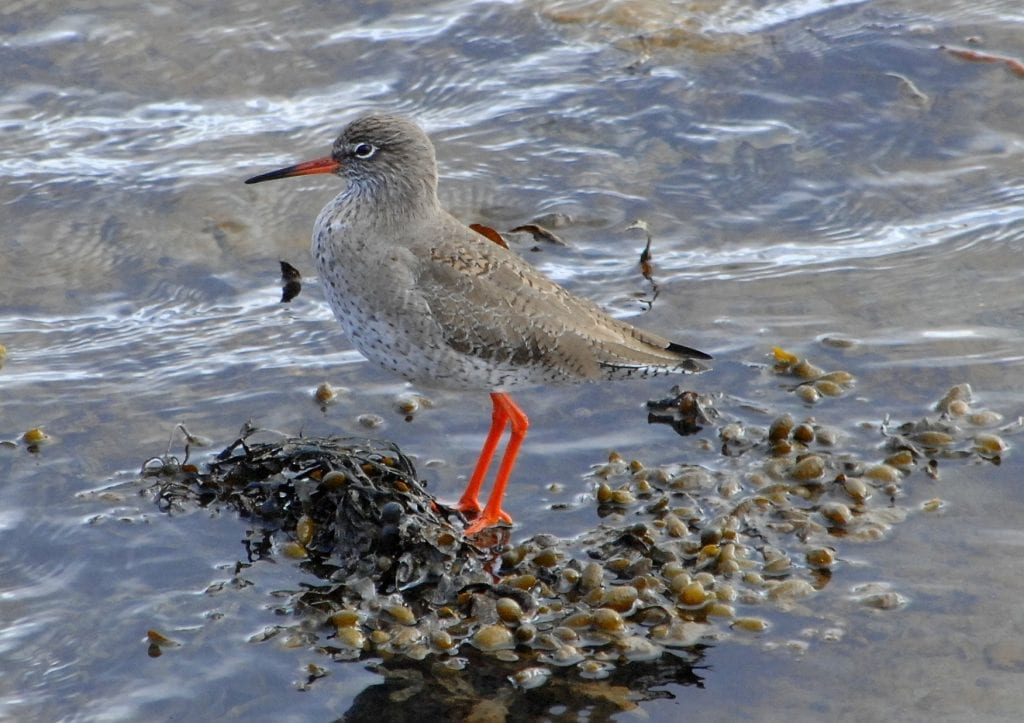 Redshank (Michael Bell)
Redshank (Michael Bell)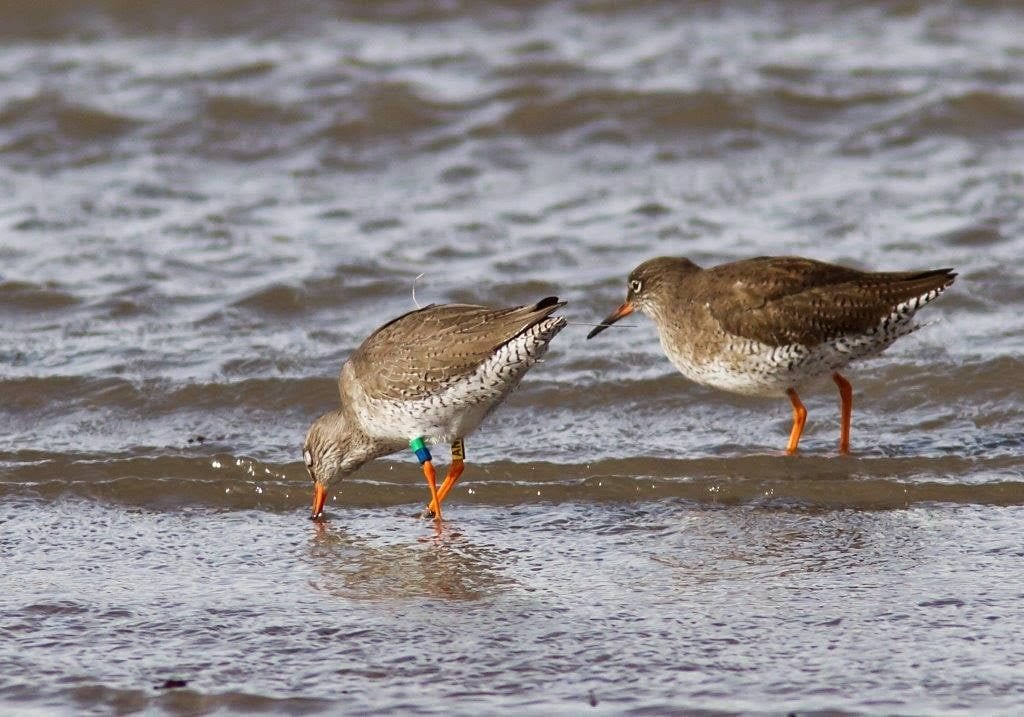 Dublin Bay colour-ringed Redshank (John Fox)
Dublin Bay colour-ringed Redshank (John Fox)